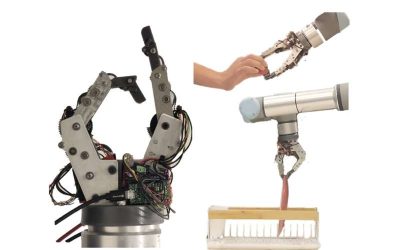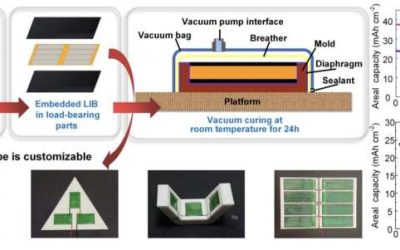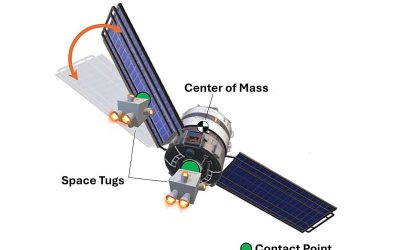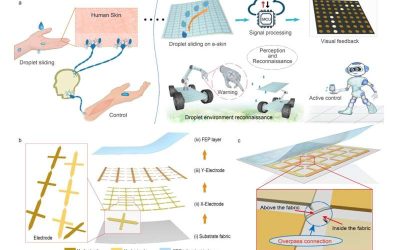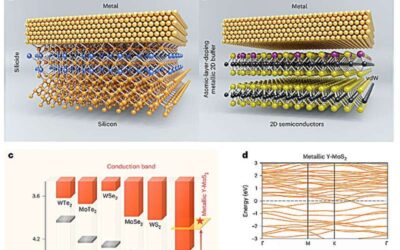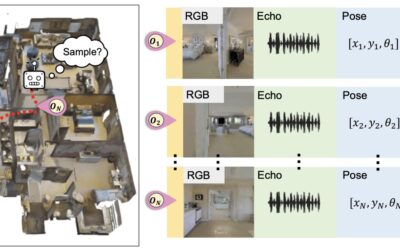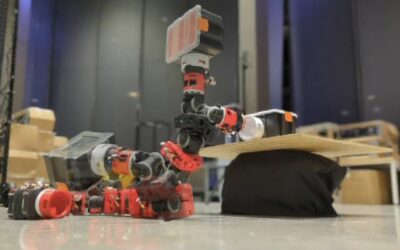To reliably assist humans with daily tasks in a broad range of real-world settings, robots should be able to effectively and dexterously manipulate different types of objects. The development of new cost-effective robotic grippers or other hand-like artificial systems...
Engineering
Simplified robotic gripper can still tackle complex object manipulation tasks
In recent years, roboticists worldwide have designed various robotic grippers that can pick up and manipulate different types of objects. The grippers that are most effective in tackling real-world manual tasks, particularly complex object manipulation tasks, are...
3D-printed decoupled structural lithium-ion batteries that are stable, robust and customizable
The widespread adoption of electric vehicles greatly relies on the development of robust and fast-charging battery technologies that can support their continuous operation for long periods of time. One proposed energy storage solution to improve the endurance of...
An adaptive method to detumble non-rigid satellites using robots
More than 8,000 man-made satellites orbit planet Earth today, many of which were launched into space decades ago. Repairing and maintaining the proper operation of these satellites is not always easy and often requires carefully planned and targeted interventions.
A droplet-sensing bionic e-skin that could further enhance robotic perception
In recent years, many research teams have been trying to design artificial skins with electronic properties for humanoid robots, smart prosthetics and other bio-inspired systems. These skins could sense the textures and tactile properties of objects, allowing various...
A flapping microrobot inspired by the wing dynamics of rhinoceros beetles
The wing dynamics of flying animal species have been the inspiration for numerous flying robotic systems. While birds and bats typically flap their wings using the force produced by their pectoral and wing muscles, the processes underlying the wing movements of many...
New yttrium-doping strategy enhances 2D transistors
Electronics engineers and materials scientists have been trying to identify materials that could help to boost the performance of electronics further, overcoming the inherent limitations of silicon-based transistors. Two-dimensional (2D) semiconductors have...
A weeding robot that can autonomously remove seedlings
Robotic systems are already being deployed in various settings worldwide, assisting humans with a highly diverse range of tasks. One sector in which robots could prove particularly advantageous is agriculture, where they could complete demanding manual tasks faster...
A new approach to efficiently model the acoustics of an environment
Augmented reality (AR) and virtual reality (VR) are designed to artificially reproduce the experience of navigating certain environments. In recent years, videogame and entertainment companies have been producing increasingly immersive content that can be accessed...
An approach to enable both locomotion and manipulation in a snake-inspired robot
Snake-inspired robots could have various advantages over conventional wheeled or legged robots. For instance, slithering robots can adapt the shape of their body, enter narrow spaces, and move freely in environments that are inaccessible to both humans and other robots.

